Travelers are spoiled for choice when it comes to places to visit in Europe, which is why cities like Vilnius in Lithuania are often overlooked. Yes, the capital city has grown in popularity quite a lot in the last ten or so years as international travelers discover the Baltic countries. Yet this quirky, fascinating city still does not get as much attention as its neighbors, such as Tallinn and Riga.
You can easily spend 2 days in Vilnius uncovering its odd blend of historical sights and alternative character. If you’re tempted to find out what this understated city is all about, this guide will be quite helpful. Read on for a detailed Vilnius itinerary full of all the best places to visit in Vilnius and more.
Best Time to Visit Vilnius
Considering that Vilnius is located near the northern end of Europe, it’s best to carefully consider the time of year you visit. Vilnius is not a city in which you’ll have to worry too much about high season, but the weather will likely have an impact on your visit.
For the best weather, you’ll want to time your visit between May and September. As a Baltic country, Lithuania, and especially Vilnius, doesn’t experience sweltering summers, so you should find being outdoors in July and August quite pleasant. And since Vilnius is still growing in popularity, you should still be able to find good rates at this time of year.
For the absolute best time to visit Vilnius, though, it’s best to try a little earlier, like late May or June. Rates will be even more reasonable, and you’ll have a slightly lower chance of rain ruining your day. The one time that you might not want to visit is from November through March when the city can be freezing cold.
How to Get Around Vilnius
With 48 hours in Vilnius and plenty of sightseeing to do, you’re going to need to know the best ways to get around the city. Vilnius is one of Europe’s smaller capital cities, but that doesn’t necessarily mean everything is close together. Walking, especially within the Old Town, will be your best bet most of the time. However, there may be the odd occasion while visiting Vilnius when taking public transport might be handy. Its public transport system is made up of buses and trolleybuses, with bus lines around but not necessarily in the Old Town. A single trip ticket costs €1.00 when bought from the driver.
To get to the city center from Vilnius Airport, you have a few options: bus, train, or taxi. The airport is not far from the city, so taxis are an affordable option as long as you agree on a price of no more than €10.00. However, the train and bus are much cheaper, with tickets costing €1.00 at most. Trains run roughly every hour to the main train station, while there are multiple buses that connect to the bus station and/or city center.
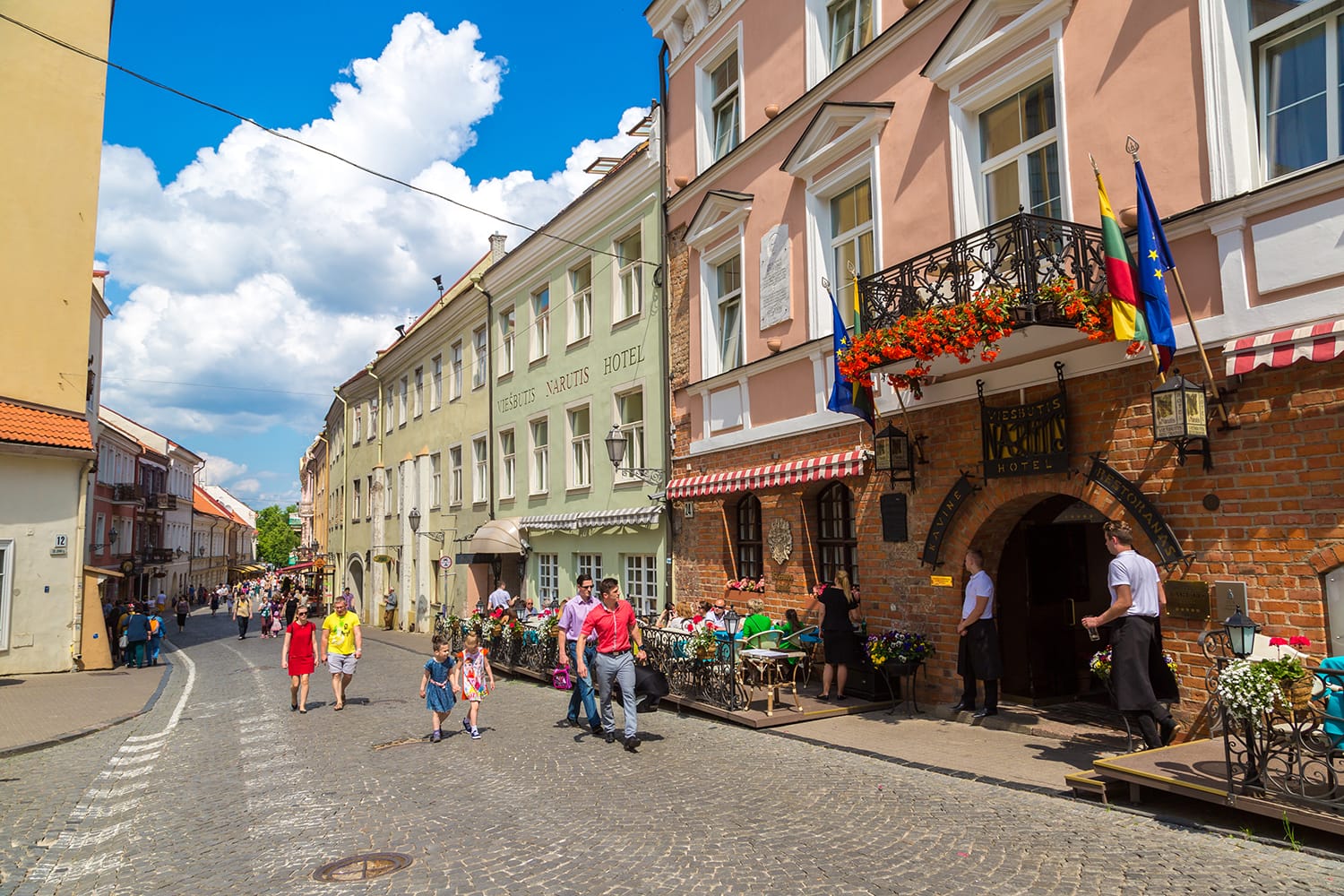
Where to Stay in Vilnius
Whenever you’re visiting a new city, finding the right accommodation is usually a high priority. Not only do you want the place to be comfortable and within your price range, but its location within the city can also have a huge impact on your trip. We’ve put together some advice to help you choose where to stay in Vilnius.
You’ll typically find that the best places to stay in Vilnius are ones that give you easy access to the Old Town where so many of the city’s attractions are. This means that staying in the Old Town is ideal, but also consider nearby neighborhoods like the downtown area of Naujamiestis or across the river in Snipiskes.
For a really special stay in Vilnius, go with the height of luxury that is the Grand Hotel Kempinski Vilnius. This five-star hotel right in the center of the Old Town offers guests spacious rooms with elegant décor, as well as access to both an excellent fitness center and a spa and wellness center.
A great way to get all the comforts of home and not to spend too much is to stay in an apartment like the Jovitos Apartment near Gediminas Ave. This way you get to experience what a typical Lithuanian apartment looks like, have cooking and laundry facilities, and be able to enjoy your own space to come back to at the end of the day.
There are also places to stay on Airbnb, which is even better value when you get up to $55 off your next Airbnb booking by using our link.
If all you need is somewhere simple and affordable, then 25 Hours Hostel is perfect. It is located close to the train and bus stations, making the Old Town an easy walk away. Guests have their choice of dorms or private rooms, both of which are clean and quiet.
For more accommodation options in Vilnius check out Booking.com. The company continuously offers the best rates and its custom service is on point.
The Perfect 2-Day Vilnius Itinerary
With a couple of days in the city, you’ll have just enough time to experience the best of Vilnius. Two days is the ideal amount of time to explore the city, allowing you to comfortably fit in all the best things to do in Vilnius. Most of the attractions in this guide are located around the historic center, but there are some spots that require exploring a little further.
However, before we get to our Vilnius itinerary, we just wanted to remind you to purchase travel insurance. You never know what will happen and, trust us, you do not want to get stuck with thousands of dollars in medical bills. As a wise man once said, “If you can’t afford travel insurance, you can’t afford to travel.” So don’t leave home without it.
SafetyWing offers travel insurance for only about $10 a week, making it a no-brainer to get. You can get a quick, non-binding quote below:
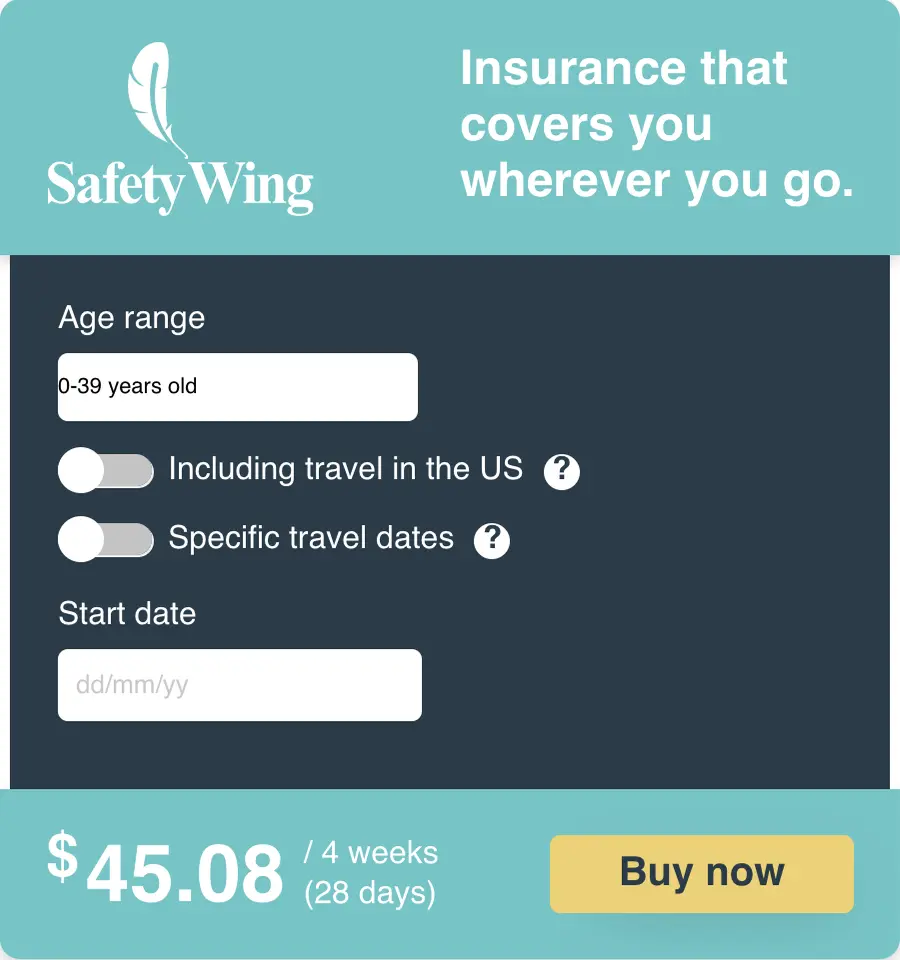
SafetyWing is, of course, not the only option available. Two other popular alternatives are World Nomads and Heymondo.
Moving on from that, let’s delve into the Vilnius travel itinerary. With it as your guide, you’ll know exactly what to do in Vilnius in 2 days.
Vilnius Itinerary: Day 1
On your first day, it’s best to start with many of the best-known attractions found in the heart of Vilnius and its UNESCO World Heritage–listed Old Town.
Vilnius Cathedral and Cathedral Square
If there’s a center of Vilnius, then it’s Cathedral Square. The square not only sits at the intersection of two of Vilnius’ main streets, it’s also where you’ll find the impressive Vilnius Cathedral and its belfry, officially the Cathedral Basilica of St. Stanislaus and St. Ladislaus of Vilnius. Cathedrals have been repeatedly built on this spot as long as Christianity has been here. The current building, though, owes its neoclassical look to the construction of 1783.
Inside, beyond its grand exterior, you’ll find historic artwork, along with frescoes and the tombs of many Lithuanian royals in the cathedral’s crypt and catacombs. Back outside on the corner of the square stands the matching belfry, which you can climb to the top.
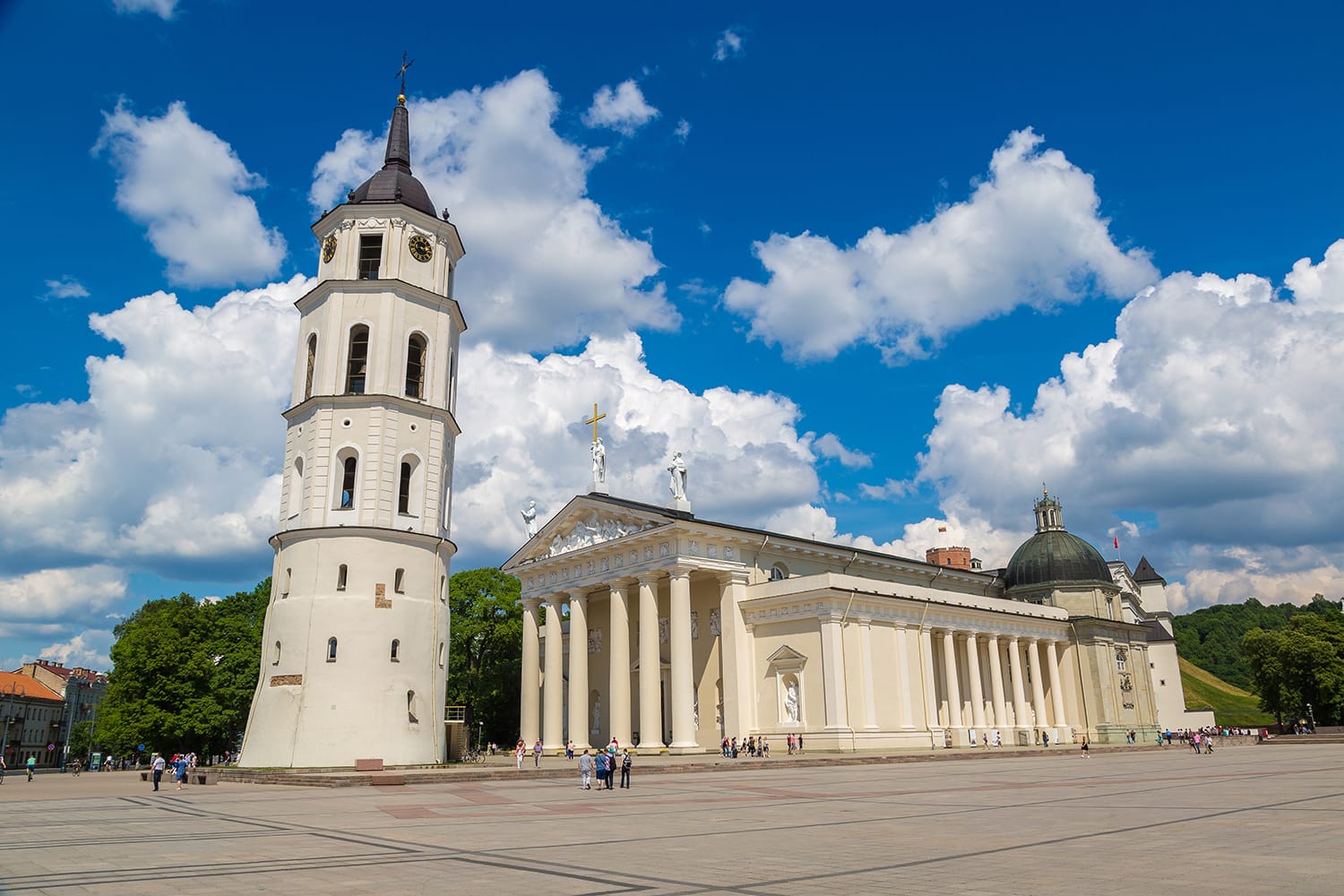
Palace of the Grand Dukes of Lithuania
Tucked away behind the cathedral lies the rebuilt Palace of the Grand Dukes of Lithuania. It was from this palace that the Grand Duchy of Lithuania and later the Polish–Lithuanian Commonwealth was ruled from. While the original palace was built in the 15th century, what stands today is a reconstruction finished in 2018 – and it’s a striking one at that. With a tour of the palace, you can see what it once would have been like through exhibitions and masterfully recreated Gothic, Renaissance, and Early Baroque halls.
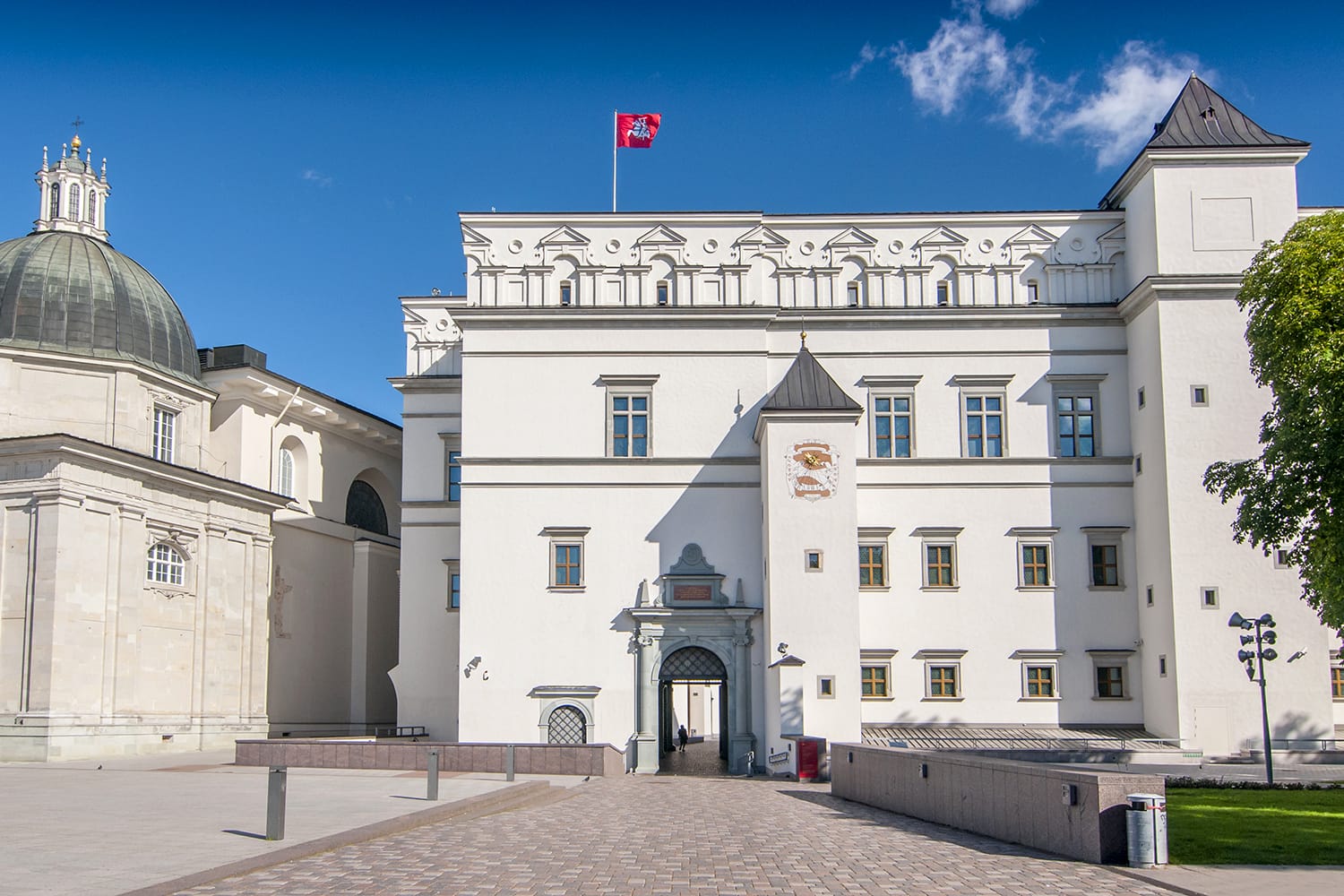
Gediminas Tower
Watching over both the cathedral and the palace is Gediminas Tower on a small nearby hilltop. This tower, now an icon of the city, is all that remains from the 15th-century Upper Castle of Vilnius. After walking the winding trail that leads up the hill, you’ll find yourself at the terrace viewpoints that are on either side of the tower. From there, you get a good view of both the Old Town and the modern business district across the river.
It’s also possible to enter this three-story tower and visit the small museum inside, where you can learn about the castle’s history and see artifacts uncovered from archaeological excavations of the castle remains. From the observation deck, you can enjoy an even better vantage point of the city and stand where the flag of Lithuania was raised in 1988 at the start of Lithuania’s move to regain independence.
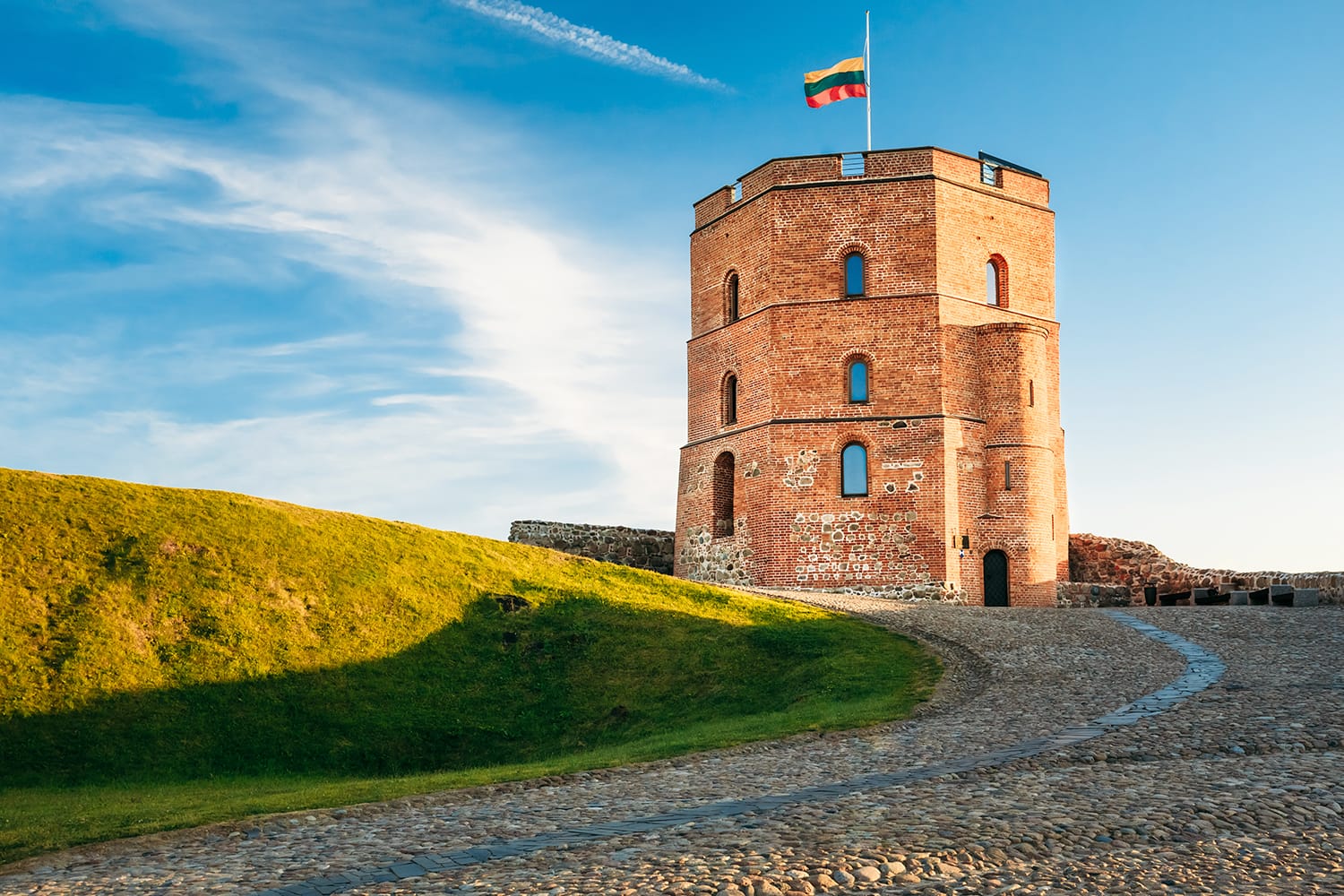
Neris Riverfront
Having seen it from the viewpoints at Gediminas Tower, it’s now time to head down to the waterfront along the Neris River. Vilnius is home to two rivers, the other being the Vilnia, but the Neris forms the northern and western boundaries of the city center. Despite its importance, the riverfront isn’t very built up, and its green banks are a nice place for a stroll. There is also some nice scenery to appreciate here, with views of several churches and Gediminas Tower.
National Museum of Lithuania
Chances are you’re not all that familiar with the history or culture of Lithuania, which is why a trip to the National Museum of Lithuania is so valuable. While there are buildings belonging to the museum across the city, the main buildings are the New Arsenal and Old Arsenal below Gediminas Tower. Originally the Museum of Antiquities, the museum’s focus has expanded from archaeological artifacts and now explores not only Lithuania’s history but also the country’s modern culture and customs.
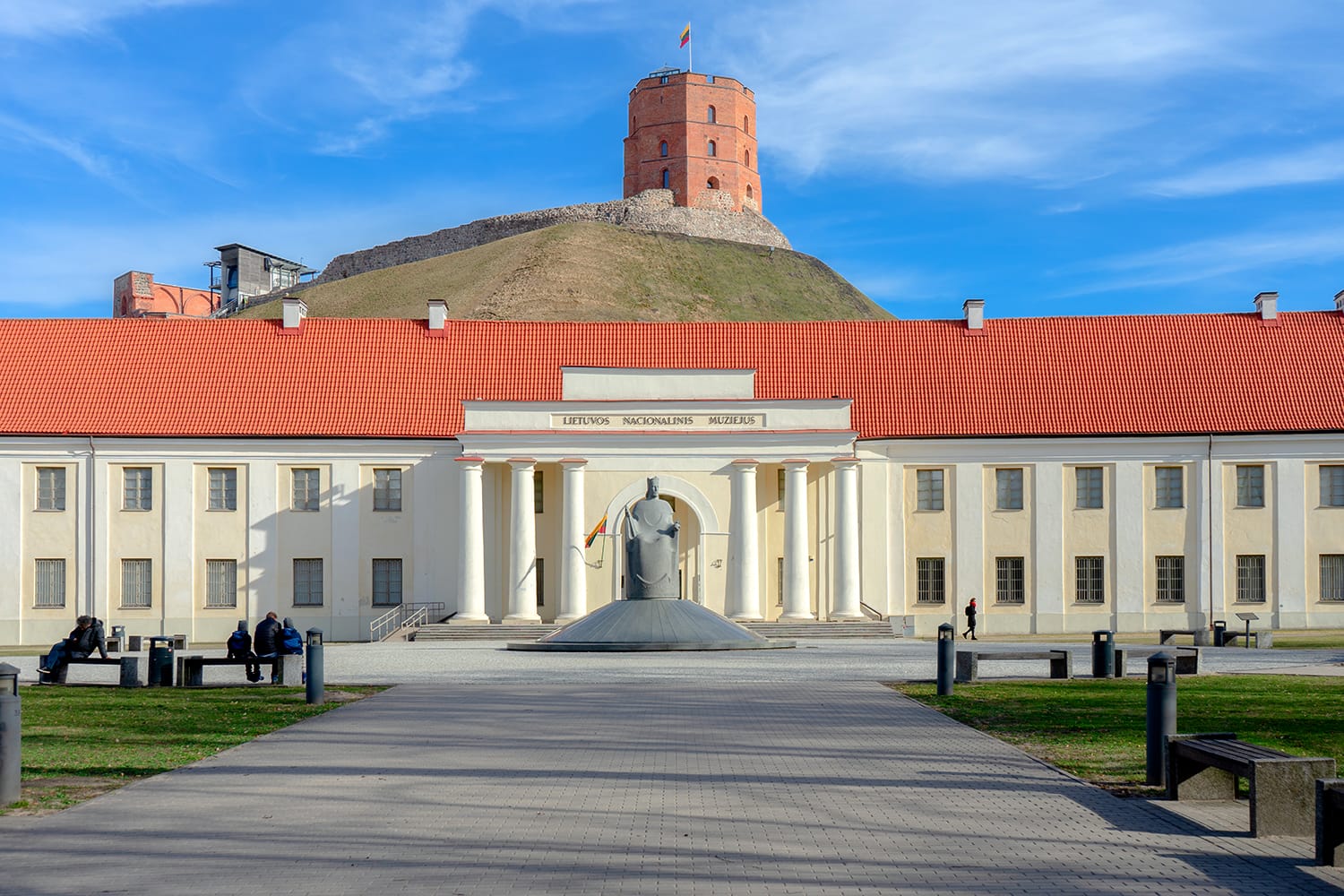
Hill of Three Crosses
For the best views of the city, you need to visit the Hill of Three Crosses. Surrounded by the nature of Kalnai Park across the Vilnia River, the walk up this observation point is peaceful. You’ll know you’ve reached your destination when three large crosses stand before you. The crosses are a monument to a local legend in which large wooden crosses were built to commemorate seven Franciscan friars said to have been beheaded there. Regardless of whether the legend is true, this spot makes for the perfect panorama over Vilnius.
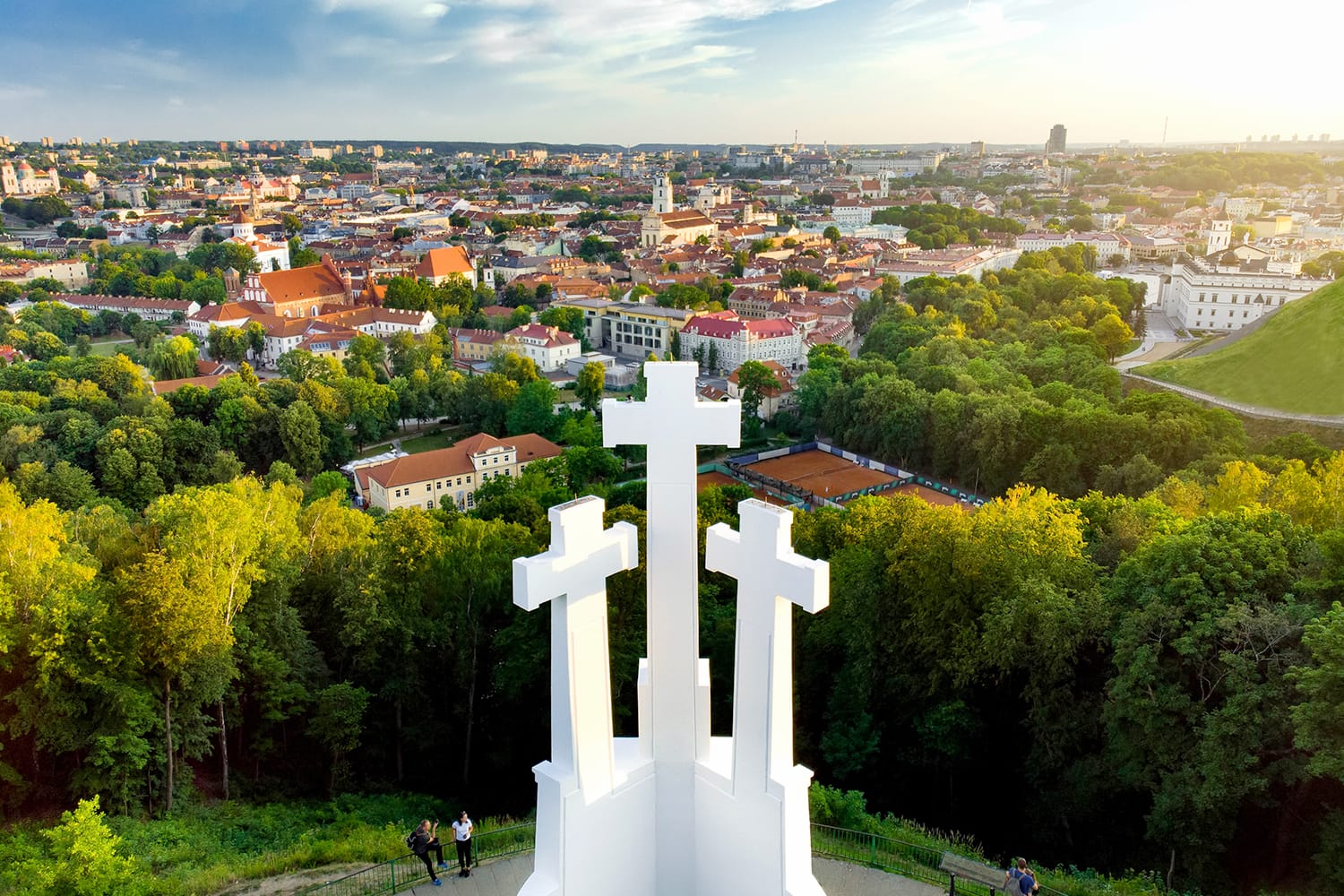
Republic of Užupis
Definitely the most unusual place you’ll come across in the city is the neighborhood of Užupis, across the Vilnia River. This artistic, bohemian community declared itself an independent republic back in 1997. The colorful, creative, and alternative vibe of Užupis is immediately obvious when you cross one of the bridges connecting it to the city.
While there are handicraft stores and cafés to visit, one thing not to miss is the plaques that bear the Constitution of Užupis. The self-proclaimed republic has 38 articles and three mottoes translated into dozens of languages. Some, like “Everyone may be independent” or “Everyone has the right to have faith,” are quite universal. Others are a bit more peculiar, like “Everyone has the right to celebrate or not celebrate their birthday.”
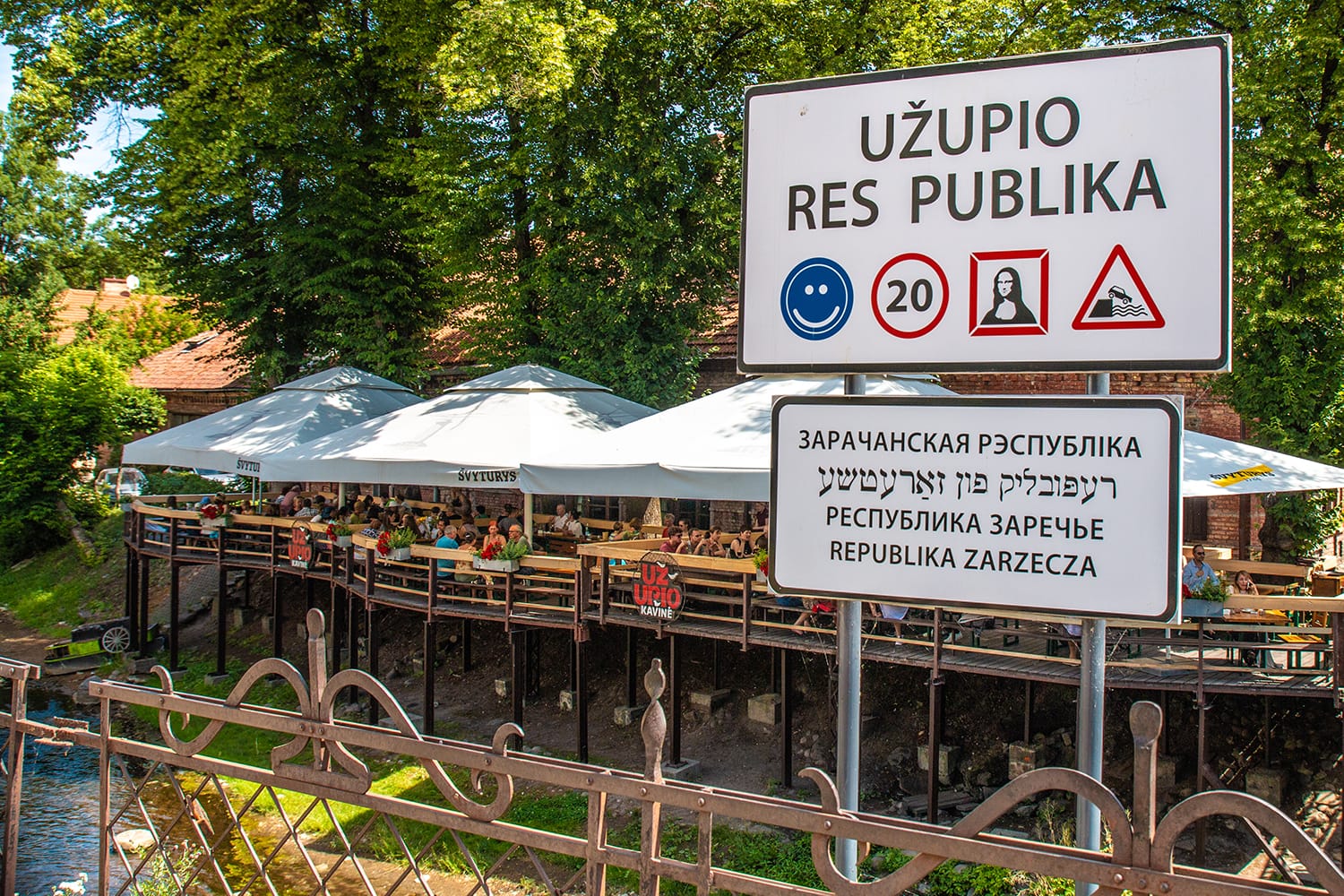
Vilnius Itinerary: Day 2
There’s still more of Vilnius to uncover both in the Old Town and other parts of the city. So, on day two, begin again with sights in the Old Town.
St. Anne’s Church
As the capital of a Catholic country, Vilnius is home to many churches, so you ought to make time for the most beautiful one. St. Anne’s Church, with its impressive brick Gothic architecture, is one of the reasons why UNESCO made the Old Town of Vilnius a World Heritage Site. It’s not just a grand building to look at, one that even Napoleon admired while in Vilnius; it also dates to 1500 and has only undergone minor changes in that time.
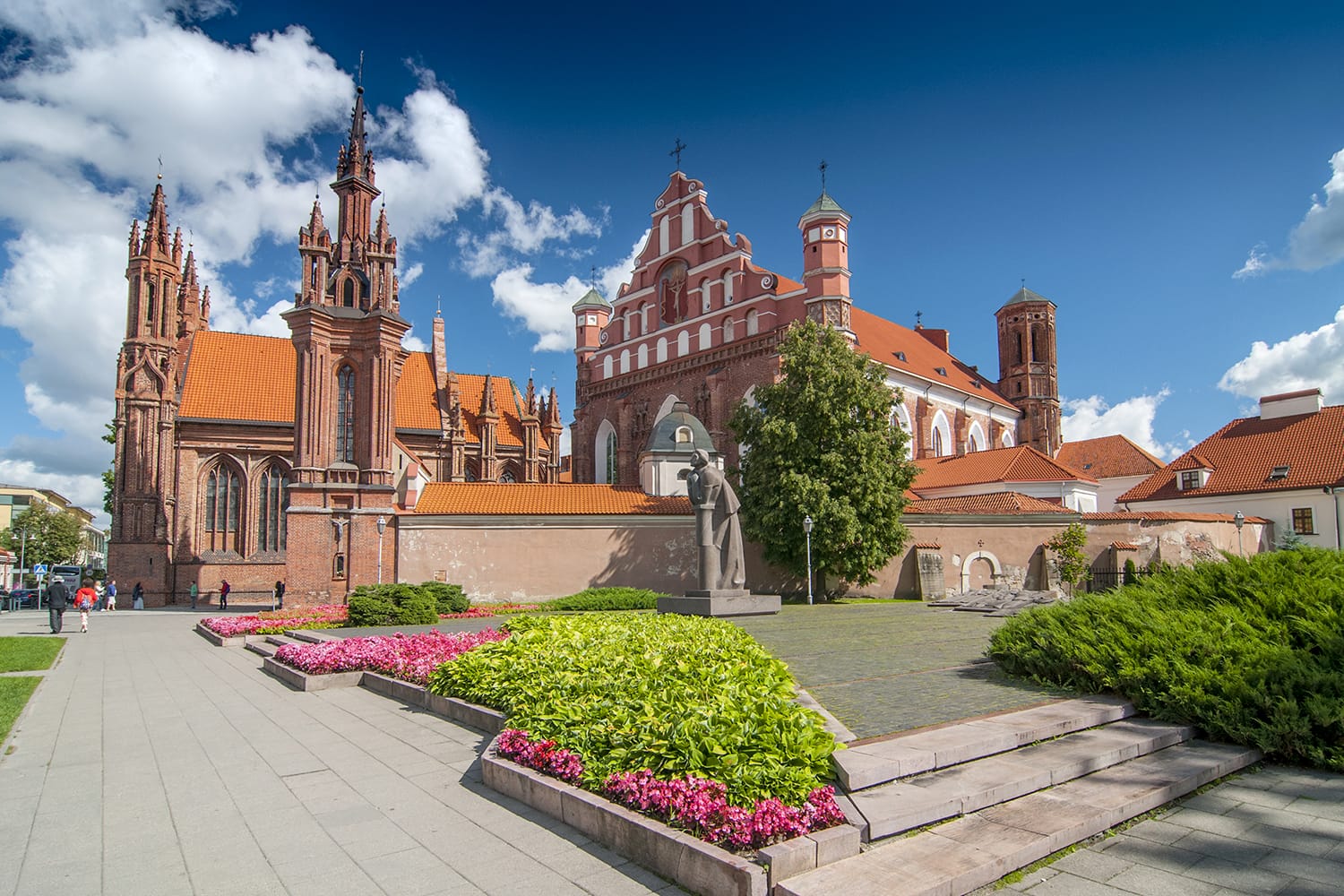
Presidential Palace
Next, move across the Old Town for a quick stop to see the stately Presidential Palace. This 14th-century palace is now the official office and residence of Lithuania’s president. The palace is quite open and accessible and has a pristine square and gardens. Walking around the surrounding streets, you’ll soon find yourself within the campus of Vilnius University.
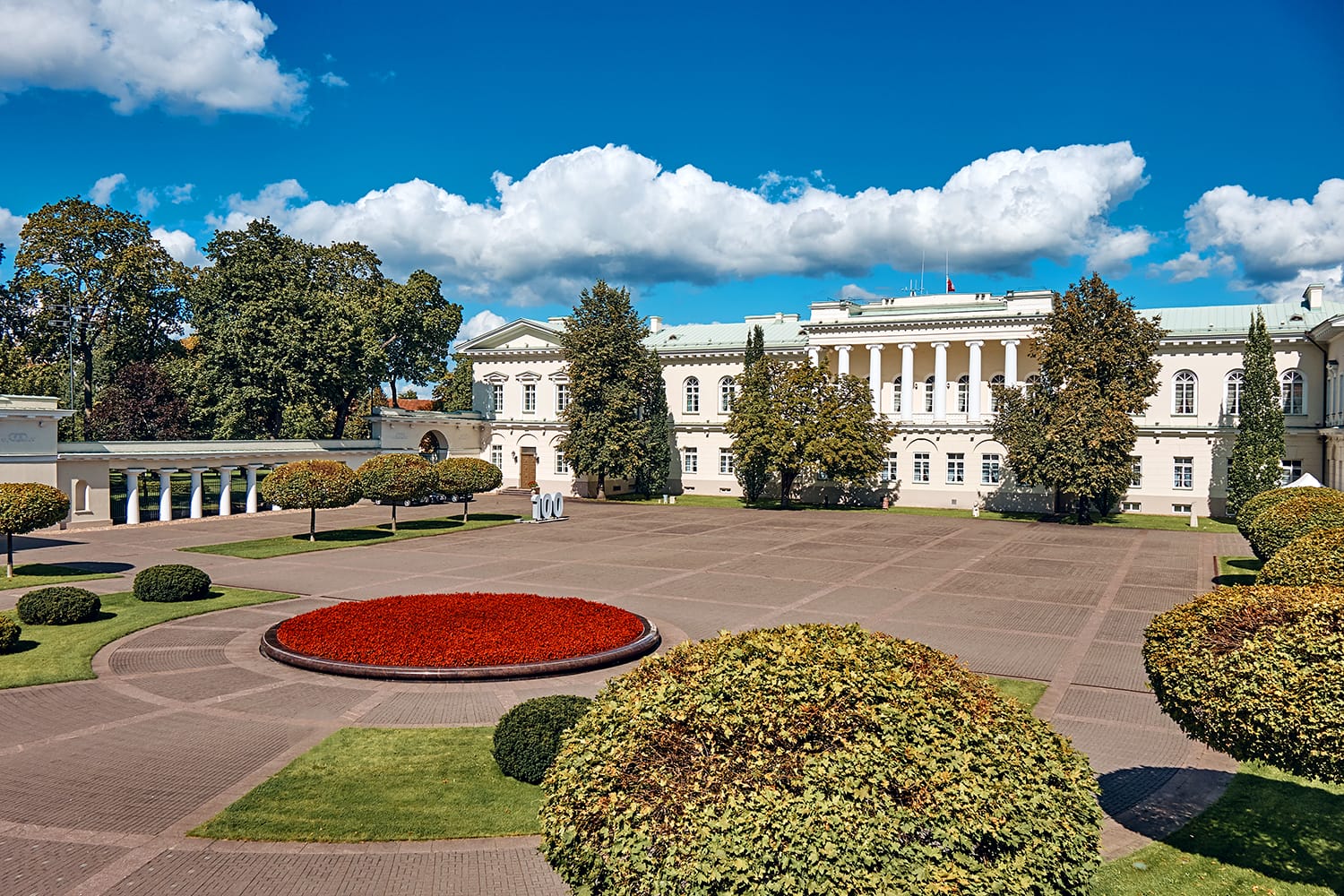
Museum of Illusions
Take a break from looking at buildings by visiting the delightful Museum of Illusions. Fun for the whole family, this museum is jam-packed with optical illusions and tricks designed to make you question your senses. Other exhibits here include 3D art, virtual reality experiences, and light shows. Local artists made all the paintings and illusions used in the museum.
Dawn Gate
Walking through the Old Town of Vilnius, you may not realize that the city was once defended by city walls. That’s because most signs of them have since been destroyed, all except the stunning Dawn Gate. Located at the southern end of the Old Town, this sky blue gate is the only city gate left.
Although obviously historic, what makes the Dawn Gate truly special is that it hosts a Catholic shrine and is one of the most important religious sites in Vilnius. The shrine is so revered thanks to a 17th-century icon of the Virgin Mary inside, and pilgrims from across Lithuania and beyond have come to the city to visit the site.
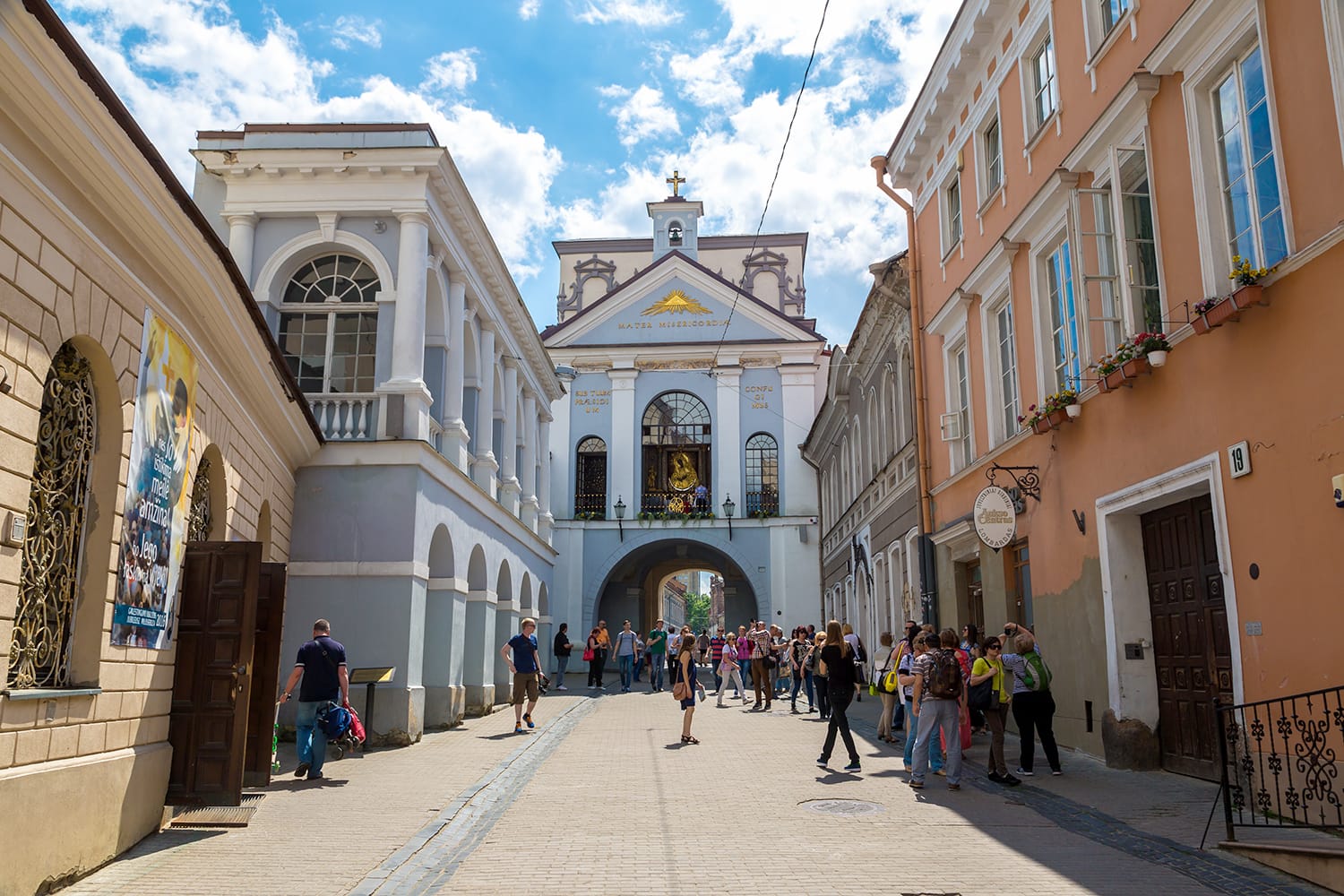
Hales Market
Outside the Old Town, a short walk from the Dawn Gate, you’ll find the oldest market in Vilnius: Hales Market. For centuries, local markets have been held here even when the city walls were built, leaving it on the outside of the city. The market building used today dates from 1906, but what’s sold there is the most important thing. Meat, dairy, baked goods, and other produce are sold inside and give you some insight into the regular diets of Lithuanian locals. There are also places inside where you can order food, making it a great choice if you’re after a local meal.
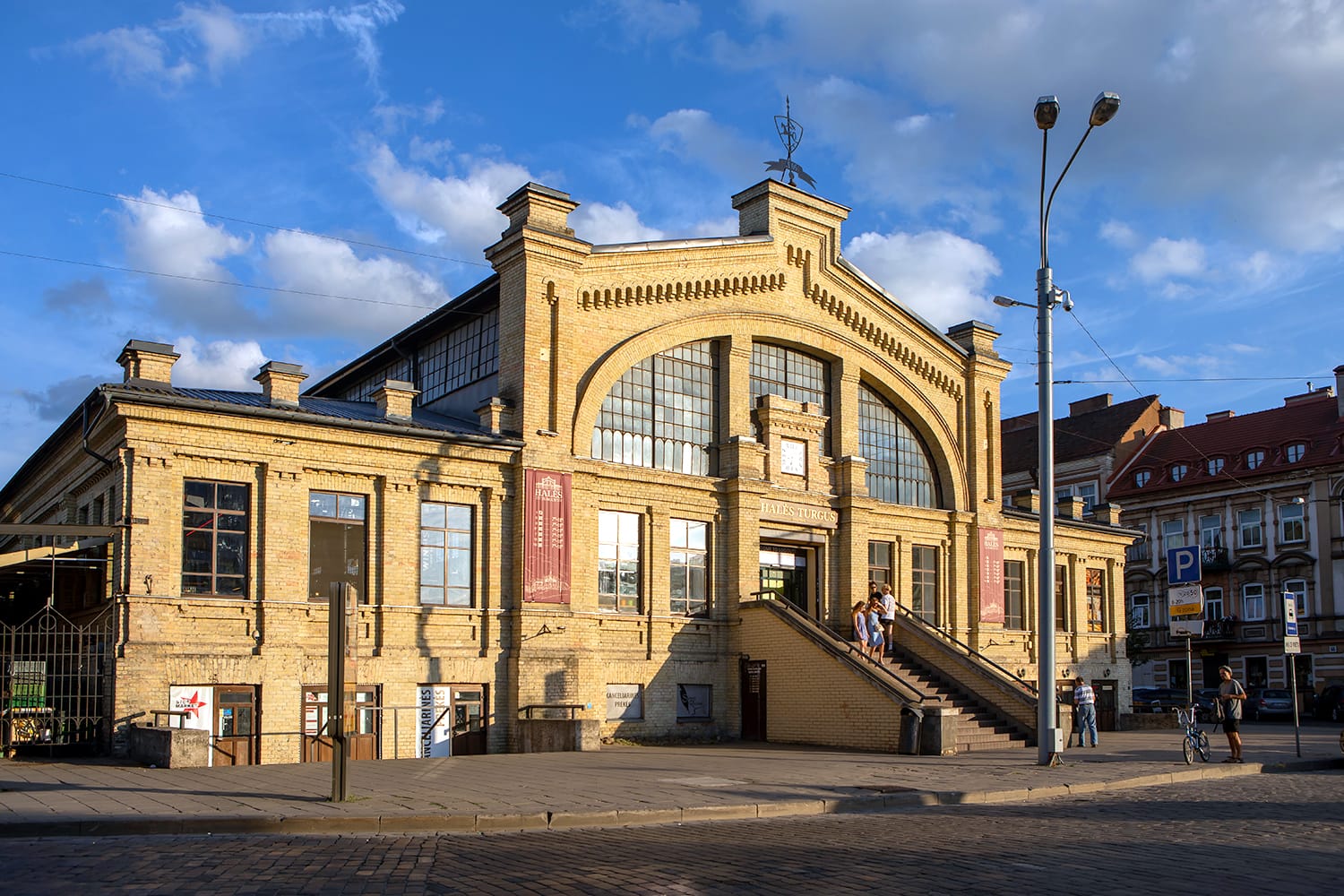
Local Street Art
The area near Hales Market and toward the train station hasn’t always had the best reputation. However, it has made a name for itself through interesting and inventive street art, which is why it’s worth taking a look around the area. You’ll find several pieces in the immediate area of the market, including the famous mural of Trump and Putin. Despite once being seen as a dodgy part of Vilnius, this area is ripe for gentrification, so see the street art now before it disappears.
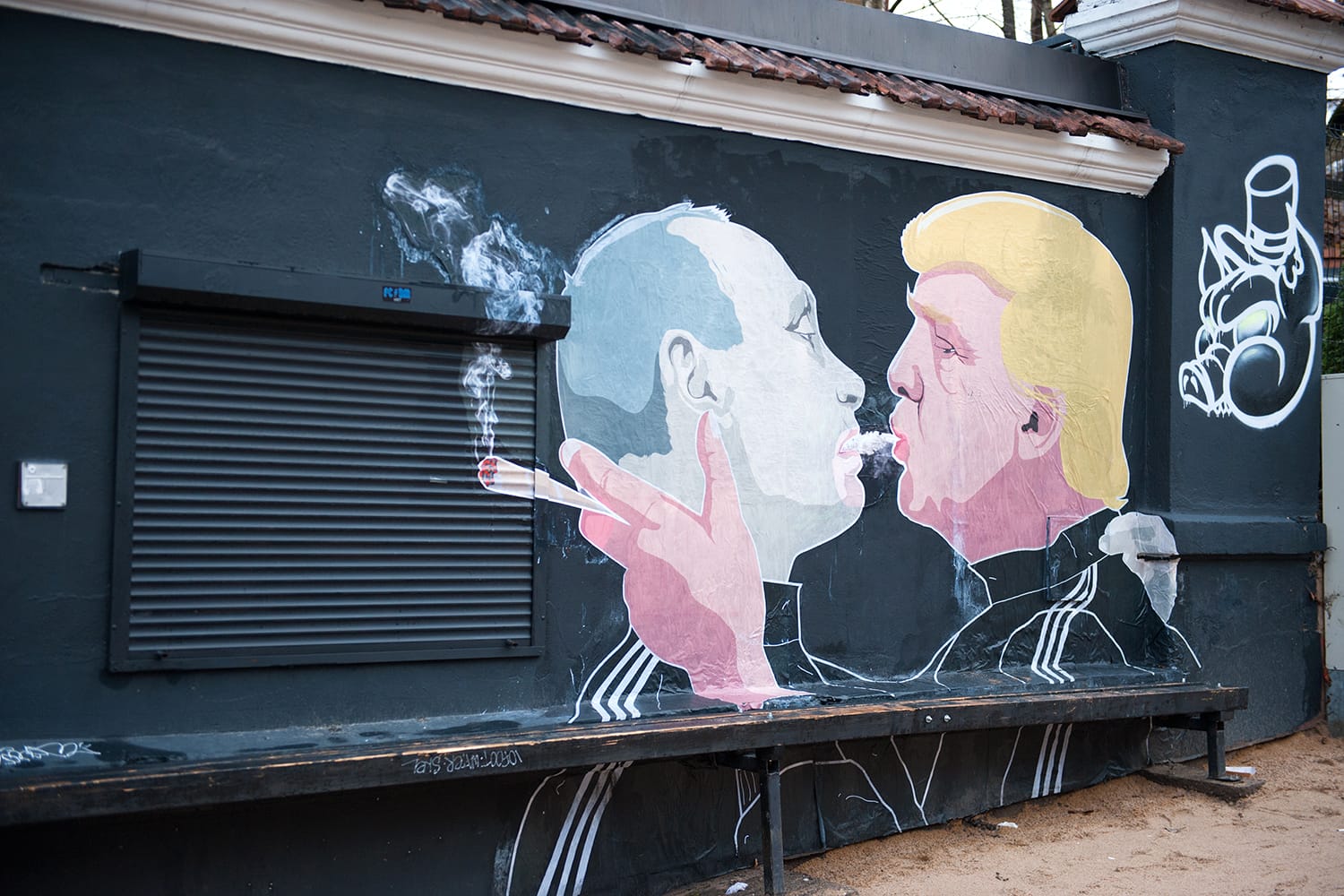
Museum of Occupations and Freedom Fights
Before its 1990 independence, Lithuania was occupied by the Soviet Union for 50 years. The Museum of Occupations and Freedom Fights highlights this dark chapter in the country’s history and is housed inside the former KGB headquarters. Exhibits detail the history of this period and feature documents of arrests, deportations, and executions of political prisoners that occurred during that period. There is also a small section dedicated to events in Lithuania related to the Holocaust.
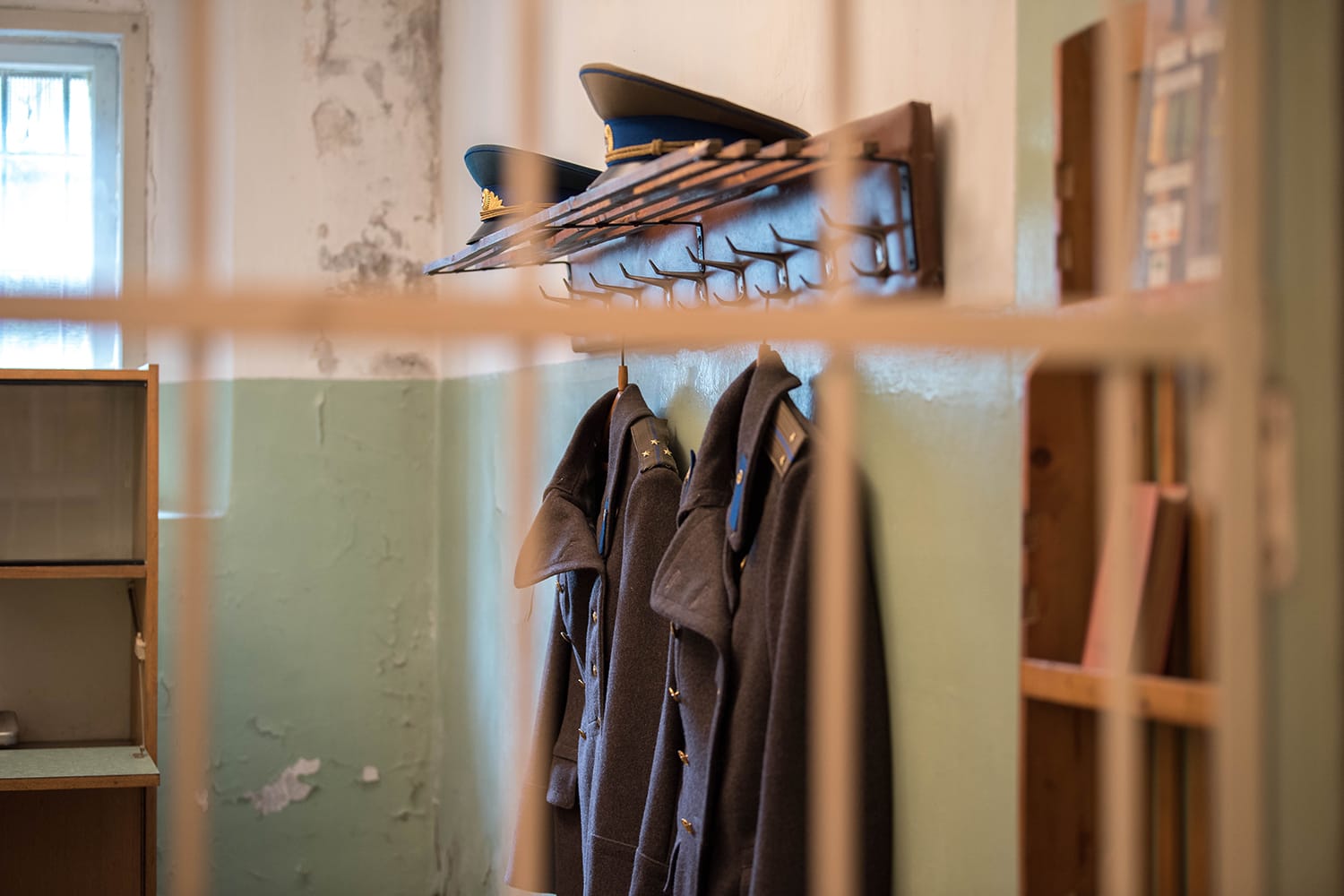
You now know how much there is to explore and see in Vilnius in 2 days and why you wouldn’t want to spend any less time there. More importantly, you should now understand why this is one European destination you can no longer ignore.
If you have more than 2 days in Vilnius, consider taking a tour to the beautiful lakeside town of Trakai, the former capital of the Grand Duchy of Lithuania. On this tour, you will not only see the Gothic-style monuments of the Old Town but also the stunning Insular Castle. You can book a half-day tour to Trakai here.
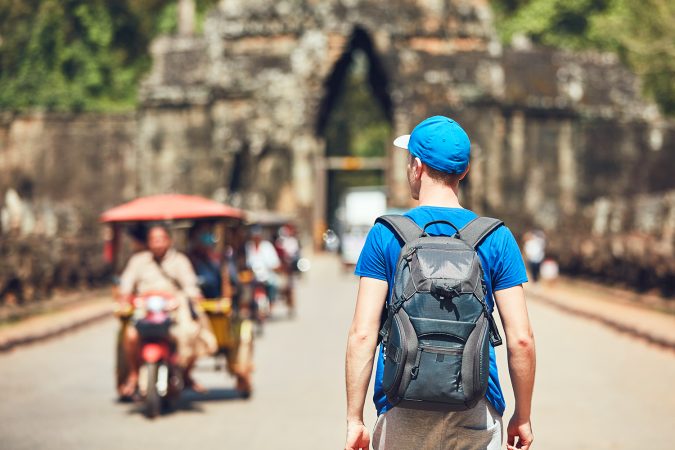
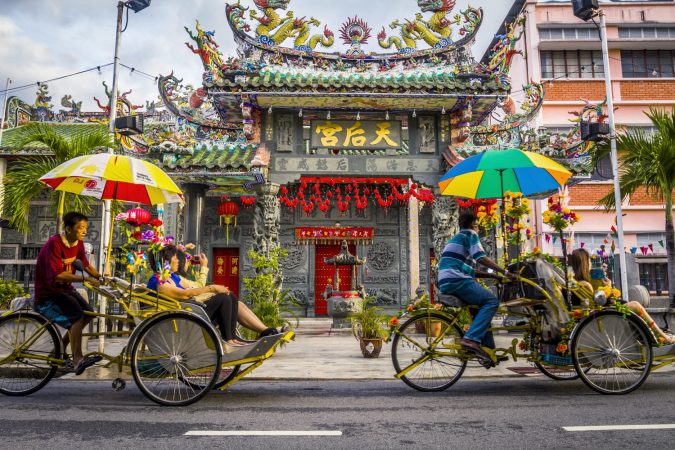
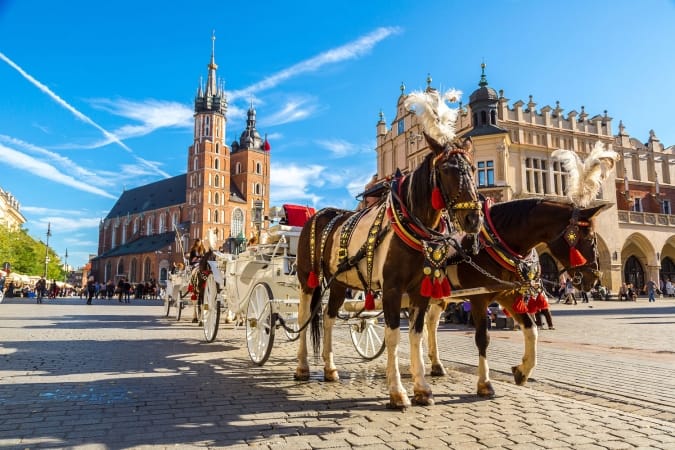
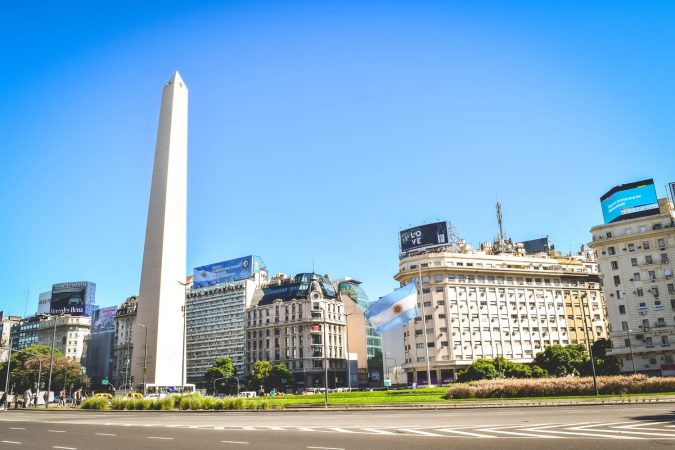
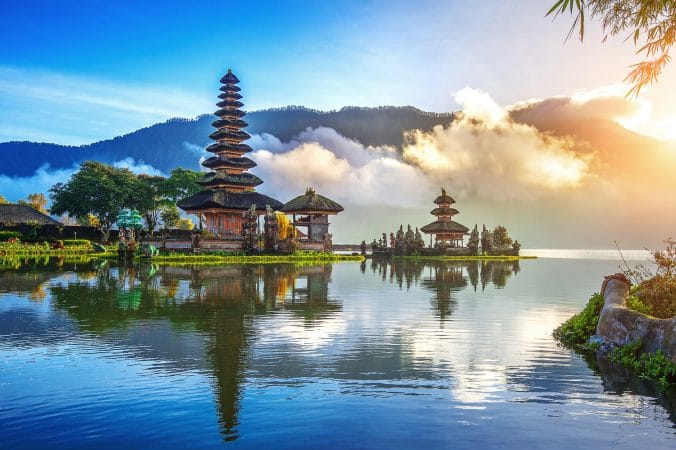
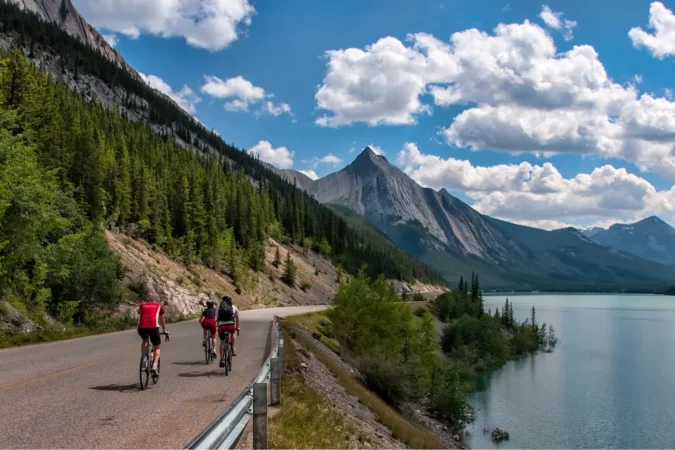
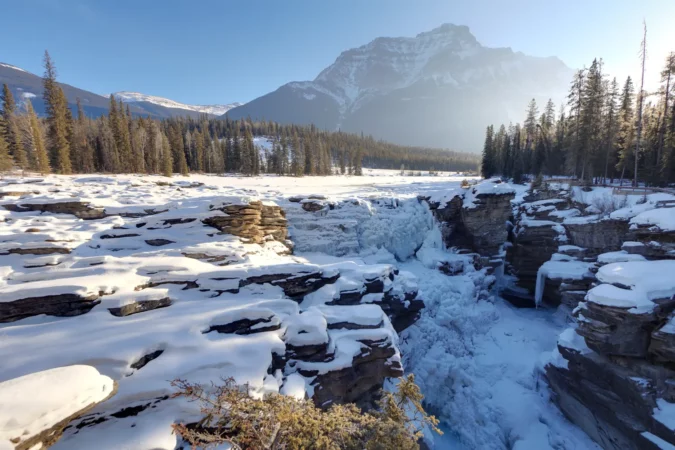

Comments